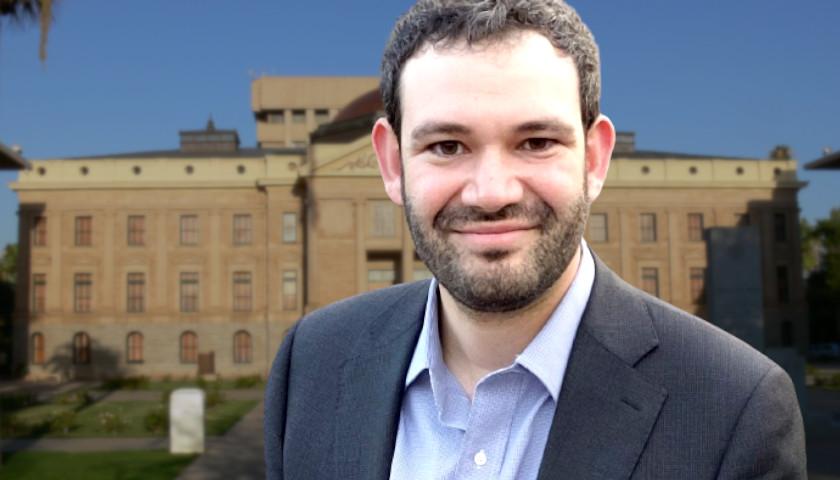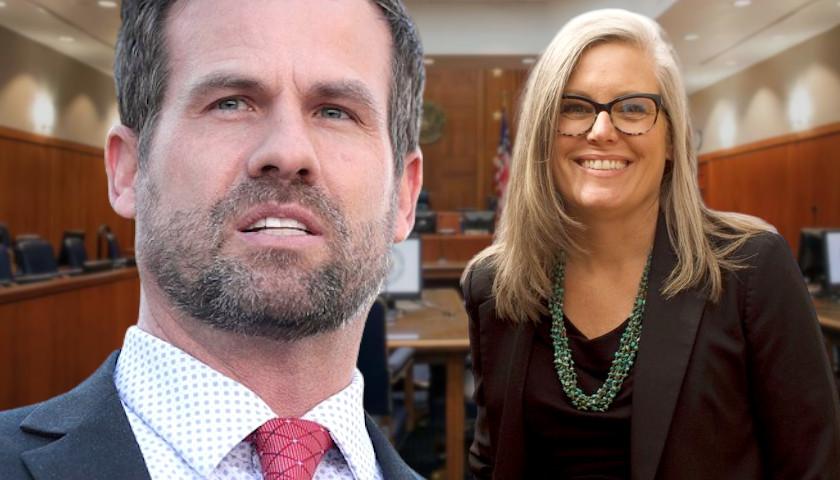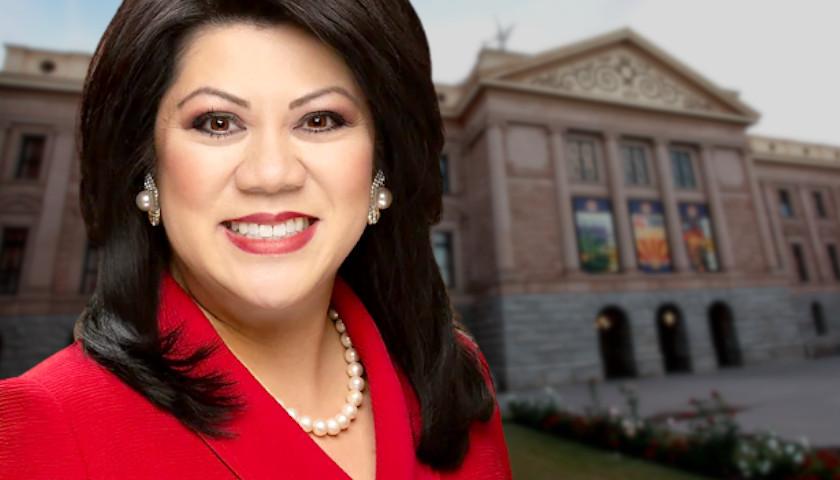Research group Common Sense Institute Arizona (CSIAZ) released a new report Monday that found Arizona’s highest-performing schools may start receiving less state funding moving forward as the new state budget is set to repeal a program that funded schools based on results.
“We hope the report sparks a conversation about the benefits of funding outcomes in K-12. We believe the report lays out a case for focusing future investment on achievements. And, policymakers will need to consider the impact that the cut to results based funding will have on high performing schools, especially those low-income, high-performing schools, after the one-time money in this year’s budget expires next year,” said CSIAZ Executive Director Katie Ratlief in an email to The Arizona Sun Times.
.@CSInstituteAZ finds that public school funding in Arizona has surged by more than 250% since 1980, but performance has remained relatively flat, and enrollment has only climbed by about 25%, despite unprecedented growth in the state over the last decade. 1/ pic.twitter.com/aaAwRRuwi3
— Common Sense Institute Arizona (@CSInstituteAZ) May 11, 2023
Results-based funding (RBF) programs are a relatively recent practice in Arizona, as it was enacted in 2017. According to the Arizona Department of Education (ADE), a district or charter school can receive the RBF if they perform within the top 13 percent of schools in statewide assessments for math and English. Schools that qualify can earn $225 per student.
However, that number can go up if other factors are met. If the school is classified as high poverty or has over 60 percent of students eligible for free or reduced-priced lunches under the National School Lunch Program (NSLP) and meets the 13 percent mark, it can earn $400 per student. Funding for this program started at an annual $34 million in 2017, which has since grown to $68 million.
“The program provides direct financial incentive for schools to achieve measurable results – either through the letter-grade system (as designed) or statewide assessment performance (as consistently implemented since),” according to the CSIAZ. “To reiterate, no other state or local funding component is directly tied to student performance.”
According to the CSIAZ, there are over 1,900 schools eligible for an RBF, and 500 will receive funds in 2023 averaging at $34,400. Calculations from the ADE show that schools can receive a major payout for qualifying. For example, Independence High School in Glendale, which could receive the $400, would get $817,376, although most schools receive far less.
However, as Governor Katie Hobbs (D) is set to sign a new state budget, it may spell the end for the program. Under the K-12 education section of the budget, it states that the RBF program and the per-student payouts will be repealed. Instead, the funds allocated to the program will be divided evenly amongst all schools. Since she took office, Hobbs has talked about wanting to repeal the policy.
According to the CSIAZ, when the $68 million is spread across the entire system, schools that could have gotten $225/400 per student will now receive $60 per student. Moreover, 459 of the schools that receive RBFs will receive less money under the new budget.
“Repeal of RBF and replacement with an additional increase in general formula funding only doubles-down on the decades of status quo funding increases that have consistently rewarded American public schools for the combination of academic failure and declining enrollments,” the institute shared.
Additionally, the CSIAZ found that across the nation, schools are receiving more funding; however, enrollment and performances have remained at roughly the same levels since the 1970s.
– – –
Neil Jones is a reporter for The Arizona Sun Times and The Star News Network. Follow Neil on Twitter. Email tips to [email protected].








